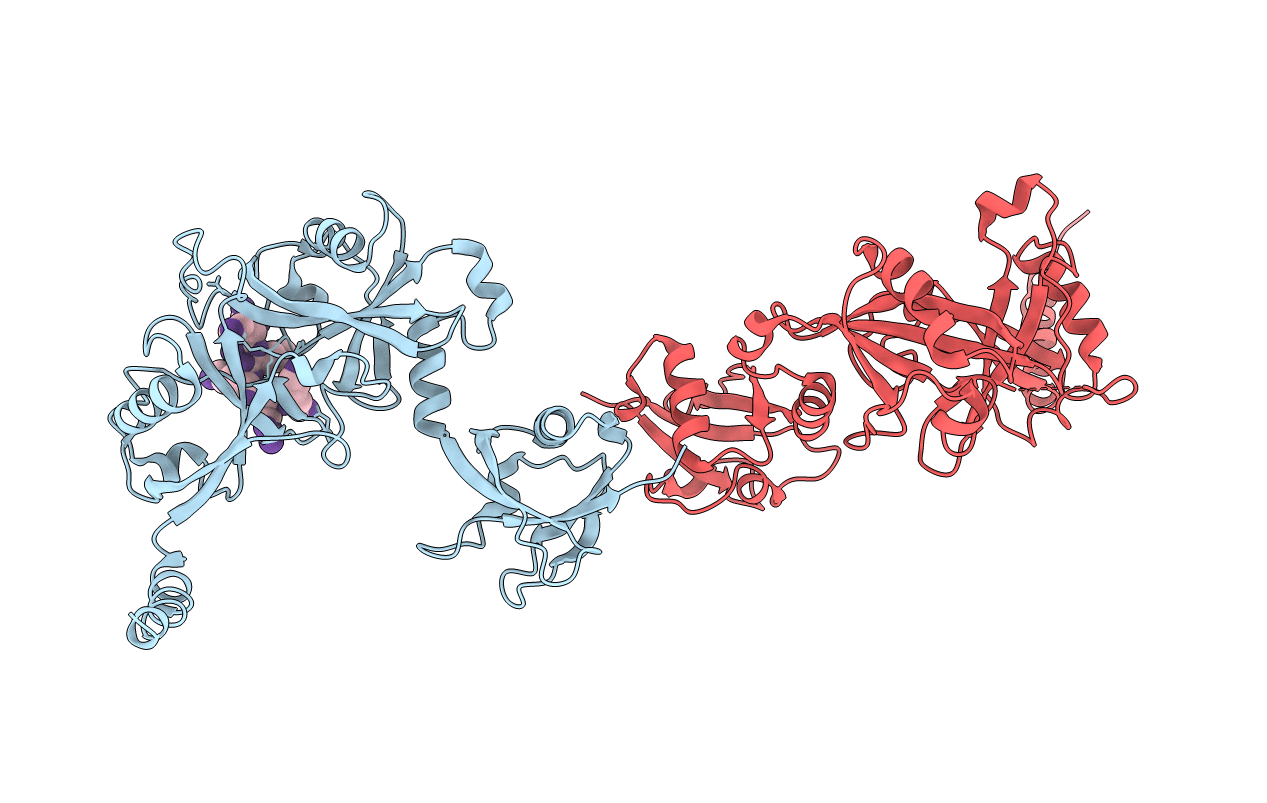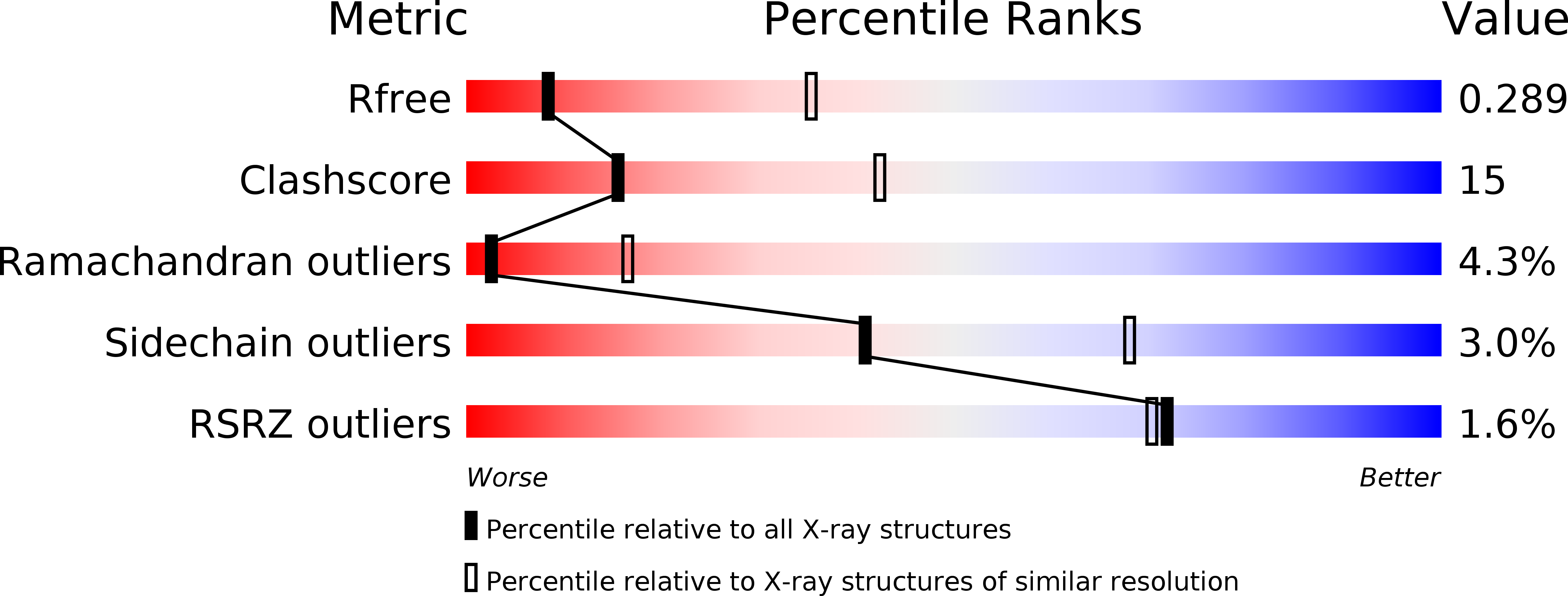
Deposition Date
2019-05-30
Release Date
2020-05-06
Last Version Date
2023-10-11
Method Details:
Experimental Method:
Resolution:
3.30 Å
R-Value Free:
0.28
R-Value Work:
0.23
R-Value Observed:
0.23
Space Group:
P 42 21 2


